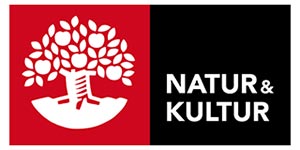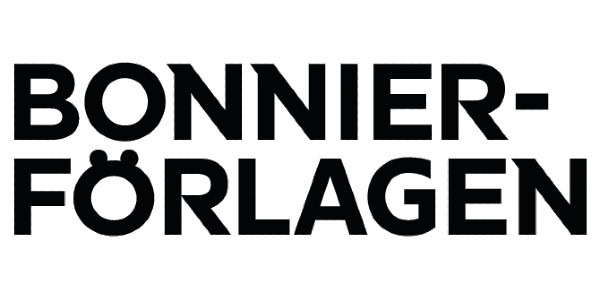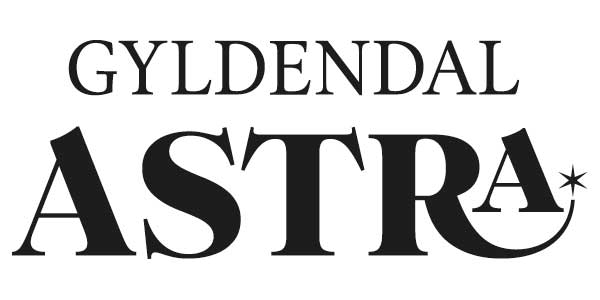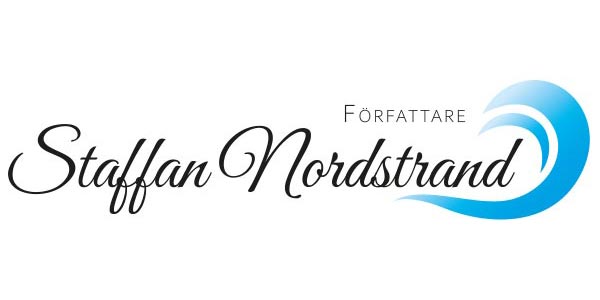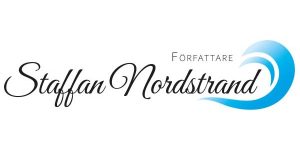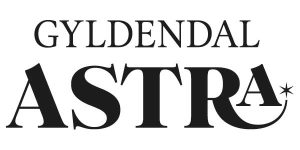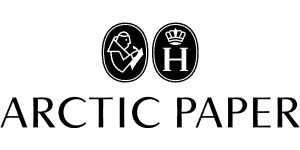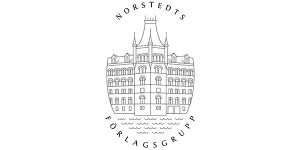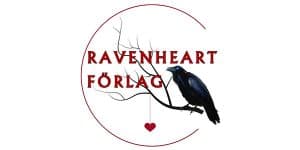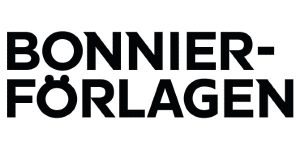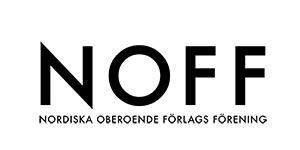
Natural ventilation and air infiltration in large single zone buildings : measurements and modelling with reference to historical churces

| Serie | Studies in the Research Profile Built Environment (4) |
|---|---|
| Författare | |
| Förlag | Gävle University Press |
| Genre | Teknik |
| Format | Häftad |
| Språk | Engelska |
| Antal sidor | 112 |
| Vikt | 243 gr |
| Utgiven | 2018-03-23 |
| SAB | Ppbcb |
| ISBN | 9789188145178 |
Natural ventilation is the dominating ventilation process in ancient buildings like churches, and also in most domestic buildings in Sweden and in the rest of the world. These buildings are naturally ventilated via air infiltration and airing. Air infiltration is the airflow through adventitious leakages in the building envelope, while airing is the intentional air exchange through large openings like windows and doors. Airing can in turn be performed either as single-sided (one or several openings located on the same wall) or as cross flow ventilation (two or more openings located on different walls). The total air exchange affects heating energy and indoor air quality. In churches, deposition of airborne particles causes gradual soiling of indoor surfaces, including paintings and other pieces of art. Significant amounts of particles are emitted from visitors and from candles, incense, etc. Temporary airing is likely to reduce this problem, and can also be used to adjust the indoor temperature. The present study investigates mechanisms and prediction models regarding wind- and buoyancy driven air infiltration and open-door airing by means of field measurements, experiments in wind tunnel and computer modelling. The results of the study can be applied also to other kinds of large single-zone buildings, like industry halls, atriums, and sports halls. Part of series: Studies in the Research Profile Built Environment, Doctoral Dissertation No. 4 (University of Gävle)

